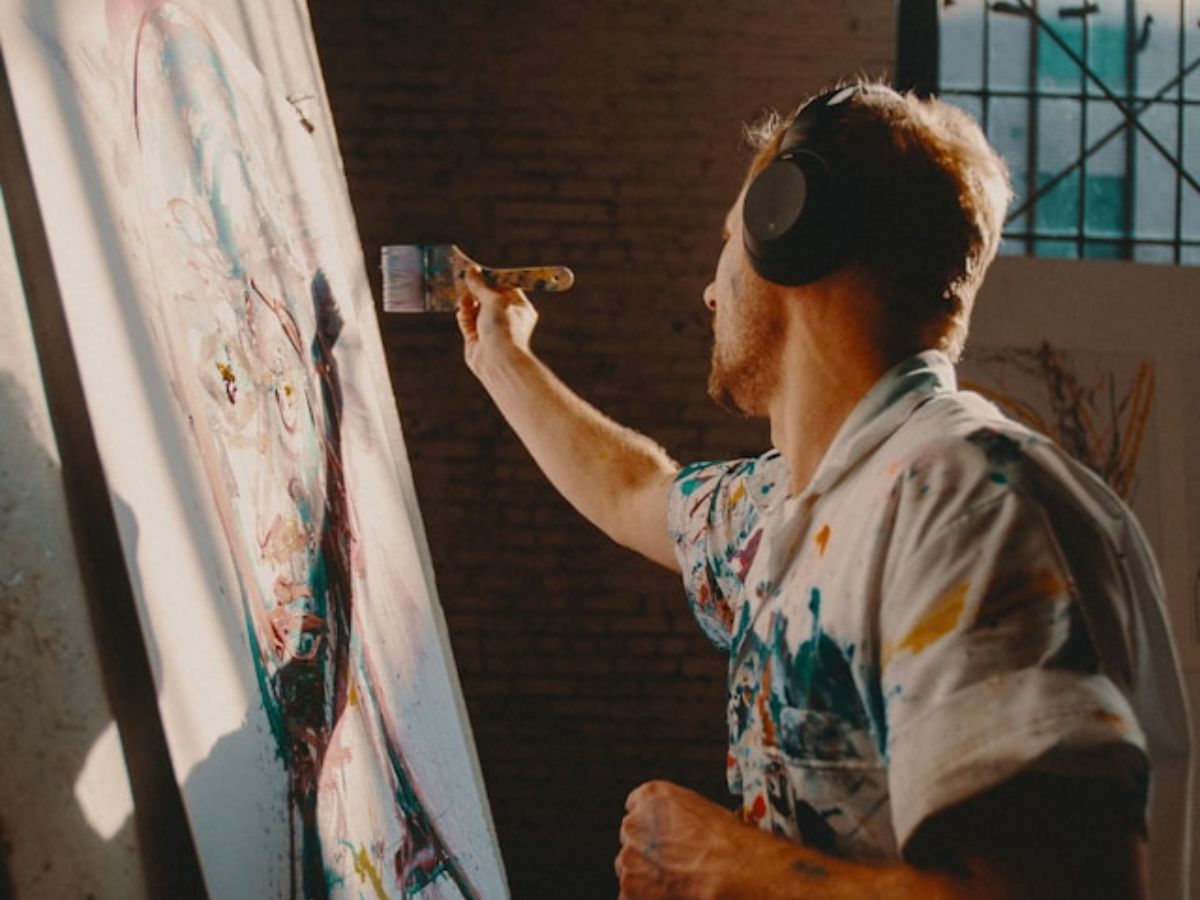
How to Get Your Art into a Gallery: A Guide for Artists
Getting your art into a gallery is a significant milestone for any artist. It validates your work, exposes it to a broader audience, and can lead to increased sales and recognition. Here are some essential steps and tips to help you achieve this goal.
1. Develop a Strong Portfolio
Your portfolio is your artistic resume. It should showcase your best work, highlighting your unique style and technical skills. Aim for a cohesive body of work that tells a story or explores a particular theme. Include high-quality images of your paintings, along with titles, dimensions, mediums, and brief descriptions. A professional portfolio also includes an artist statement, a biography, and a resume detailing your exhibitions, awards, and education.
2. Research and Identify Suitable Galleries
Not every gallery is the right fit for your art. Research galleries that align with your artistic style and vision. Visit their websites, attend their exhibitions, and understand the type of work they represent. Look for galleries that have a history of supporting emerging artists if you are just starting out. Make a list of potential galleries and familiarize yourself with their submission guidelines and exhibition schedules.
3. Network and Build Relationships
Building relationships within the art community is important to you as an artist and your business. Attend gallery openings, art fairs, and other art events. Engage with gallery owners, curators, and fellow artists. Join local art organizations and participate in their events. Networking can lead to opportunities, recommendations, and invaluable advice. Remember to be genuine and respectful in your interactions, as building trust takes time.
4. Prepare a Professional Submission
When you’ve identified galleries that suit your work, prepare your submission carefully. Follow each gallery’s specific submission guidelines to the letter. This typically includes your portfolio, artist statement, resume, and a cover letter. In your cover letter, introduce yourself, explain why you believe your work is a good fit for the gallery, and express your enthusiasm for the opportunity. Keep it concise and professional.
5. Be Persistent and Resilient
Persistence and resilience are key traits for any successful artist. Don’t be discouraged by initial setbacks. Rejection is a part of the process. Use any feedback you receive to improve your portfolio and approach. Continue to create and develop your art. Remember, every artist faces rejection at some point; it’s how you respond that defines you as an artist.
6. Participate in Juried Exhibitions and Competitions
Entering juried exhibitions and art competitions can be an excellent way to gain exposure and credibility. Winning awards or even just being selected for such exhibitions can enhance your resume and catch the attention of gallery owners and curators. Look for reputable competitions that are aligned with your style and level of experience.
7. Maintain an Online Presence
In today’s digital age, a strong online presence complements your gallery efforts. Keep your website updated with your latest work, exhibitions, and news. Use social media platforms to share your art and connect with a wider audience. Many galleries now discover artists through their online portfolios and social media profiles.
8. Stay Authentic and True to Your Vision
While it’s important to consider market trends and gallery preferences, staying true to your artistic vision is important. Authenticity resonates with both galleries and collectors. Your unique voice and perspective are what make your art valuable and memorable.
Final thoughts
Getting your art into a gallery requires a combination of preparation, persistence, and passion. By developing a strong portfolio, building relationships, and presenting yourself professionally, you increase your chances of finding the right gallery to represent your work. Keep creating, keep pushing forward, and the right opportunities will come your way.
